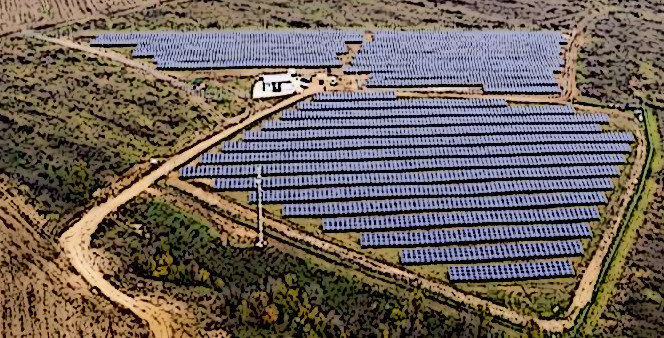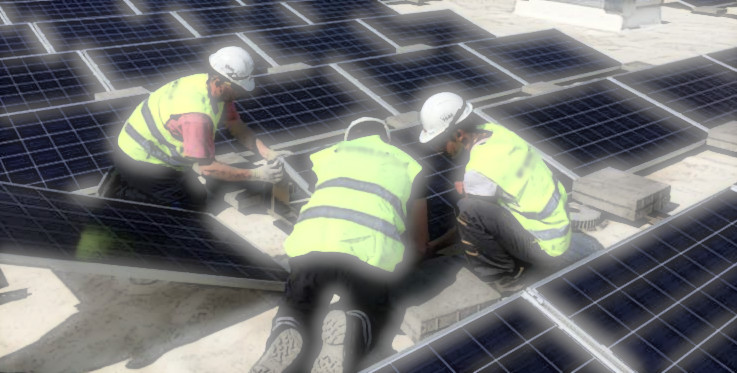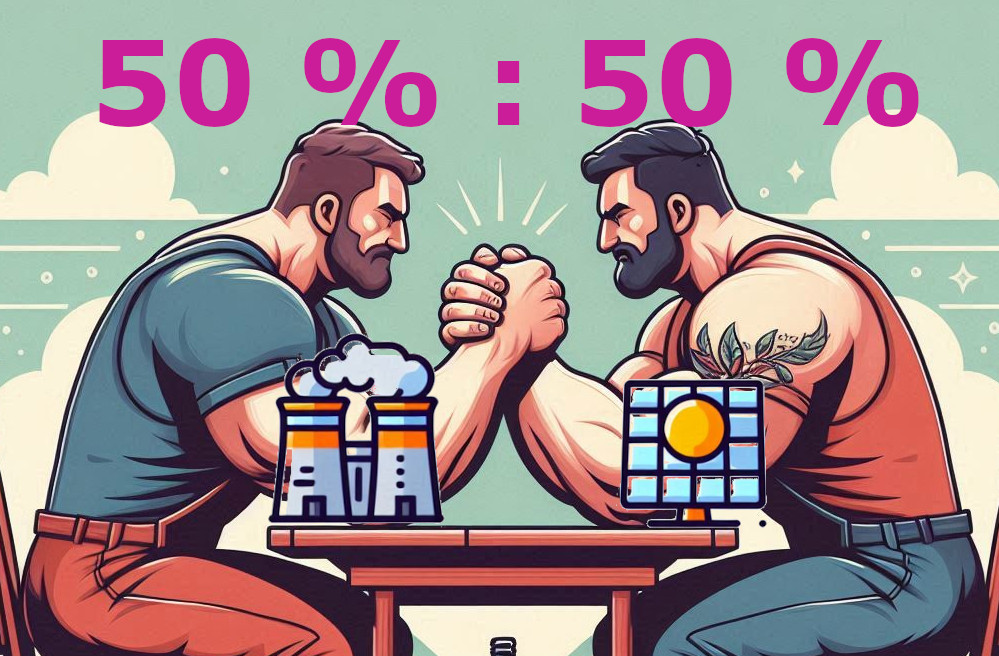In the first half of 2024, renewable energy sources in the European Union made a significant leap ahead of fossil fuels. This major shift marks a pivotal moment in the EU’s ambitious energy transition plan. The production of electricity from fossil fuels hit an all-time low during this period, surprising many given the increased demand for power.
One of the driving forces behind this shift has been the accelerated adoption of wind and solar energy. These renewable sources have outpaced others, proving to be both efficient and reliable. The demand for electricity rose by 0.7% in the first half of the year compared to the previous two years, where the energy crisis led to a drop in demand. Despite this increase, the reliance on fossil fuels continued to decrease, driven in part by a mild winter that limited energy consumption.
Close to half of the EU member states generated more electricity from wind and solar energy than they did from fossil fuels during the first six months of 2024. This achievement highlights not just the potential but the reality of a future less dependent on fossil fuels. The newly installed capacities of renewables, buoyed by favorable conditions, provided more than enough to meet the rising demand.
Behind these gains is a combination of public policy efforts, technological advancements, and market dynamics. Governments within the EU have ramped up their support for renewable energy projects, offering incentives that have attracted significant investment. The push for clean energy is now backed by strong structural growth in the sector, alongside technologically advanced and cost-effective solutions.
Statistics and reports from the first half of 2024 clearly indicate that renewable energy is no longer just an alternative; it’s becoming the norm. This trend is expected to continue as more countries adopt comprehensive strategies to enhance their renewable energy capabilities. The key takeaway? Staying informed about these changes and understanding their impacts is essential for everyone, from policymakers to the everyday consumer.

Wind and Solar Energy: Leading the Renewable Revolution
Wind and solar power have emerged as frontrunners in the EU’s journey toward a sustainable energy future. Their contribution to the power grid has been nothing short of transformative. During the first half of 2024, wind and solar energy helped several EU countries generate more electricity than fossil fuels—a clear testament to their growing dominance.
Part of this success can be attributed to the favorable conditions and structural growth within the renewable sector. New installations and technological improvements have made wind and solar energy more efficient and cost-effective. These advancements are not just hypothetical; they are visible in real-world application, where turbines and solar panels now produce power more reliably and at lower costs compared to even a few years ago.
To understand the impact, take a look at nations like Germany and Spain, which have set ambitious targets and are already reaping the rewards. Germany, for instance, has seen significant growth in its offshore wind capacity, while Spain has capitalized on its sunny climate to become a leader in solar energy. These countries provide valuable case studies for others looking to boost their renewable energy footprint.
But it’s not just about the technology. The environment has played a supportive role as well. A mild winter across the continent helped maintain lower energy consumption levels, giving these renewable sources the room to shine. The blend of natural conditions and human ingenuity has proven to be a potent mix.
While the statistics are encouraging, the movement towards wind and solar energy brings about some logistical challenges. Integrating these renewable sources into the existing grid requires careful planning and investment. New infrastructures, storage solutions, and smart grid technologies are vital to ensure smooth and stable energy supply as dependence on traditional fossil fuels decreases.
For those keen on contributing to this change, investing in residential solar panels or supporting green energy policies are excellent starting points. As wind and solar energy continue to lead the charge, the onus is also on us as individuals to embrace these clean energy sources and support the transition in our everyday lives.

Challenges and Future Outlook: Sustaining the Momentum
The journey to a renewable energy future, while promising, comes with its set of challenges. As wind and solar power continue to grow, addressing the hurdles that lie ahead is crucial to maintaining momentum. Integration, storage, and policy support are key areas that need focused attention.
One of the biggest challenges is integrating renewable energy into the existing electricity grid. Unlike fossil fuels, the output from wind and solar can be unpredictable due to weather variations. This variability requires robust grid infrastructure and smart technologies to balance supply and demand efficiently. Advanced grid management systems and reliable energy storage solutions, like batteries, can mitigate these issues, ensuring a stable and continuous energy supply.
Policy support remains a significant driving force behind the renewable energy transition. Governments must continue to implement and strengthen policies that encourage investments in renewable technologies. Incentives, subsidies, and regulatory frameworks tailored to support renewables can have a profound impact on accelerating the transition.
The future of renewable energy in the EU looks promising, with projections indicating continued growth. Innovations in technology and an increasing number of new projects are setting the stage for a greener tomorrow. The focus now is on sustaining this growth and overcoming obstacles. Continuous investment in research and development will be essential to discover new ways to make renewable energy more efficient and cost-effective.
As individuals, supporting these initiatives can make a difference. Whether it’s advocating for greener policies, opting for renewable energy plans, or even installing solar panels at home, every action counts. By staying informed and active, we contribute to a collective effort towards a sustainable energy future.
The path to a fully renewable energy landscape is within reach, but requires dedication and collaboration. The strides made so far are encouraging, and with continued effort, the EU can pave the way for a cleaner, more sustainable world.


